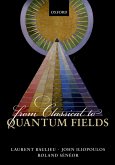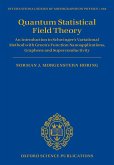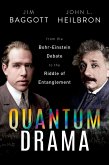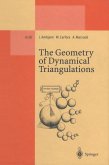Quantum theory (QT) is the best, most useful physics theory ever invented. For example, ubiquitous are cell phones, laser scanners, medical imagers, all inventions depending on QT. However, there is something deeply wrong with QT. It describes the probabilities of what happens, but it does not give a description of what actually happens. Most (but not all) physicists are not worried about this flaw, the probabilities are good enough for them. Other physicists, the author included, believe that is not good enough. The purpose of physics is to describe reality. To not do so is to abandon 'the great enterprise' (John Bell). This book shows one way to alter QT so that the new theory does describe what actually happens. This theory, created over three decades ago, has been called the 'Continuous Spontaneous Localization' (CSL) theory. Many experiments over this period have tested CSL, and so far it is neither confirmed nor refuted. This book shows how CSL works, and discusses its consequences. Ideal for academic students, graduates and practising scientists and physicists seeking a deeper understanding of the quantum realm, this book provides accessible explanations and sheds light on the interplay between probability and reality in the realm of quantum theory.
Dieser Download kann aus rechtlichen Gründen nur mit Rechnungsadresse in A, B, BG, CY, CZ, D, DK, EW, E, FIN, F, GR, HR, H, IRL, I, LT, L, LR, M, NL, PL, P, R, S, SLO, SK ausgeliefert werden.









